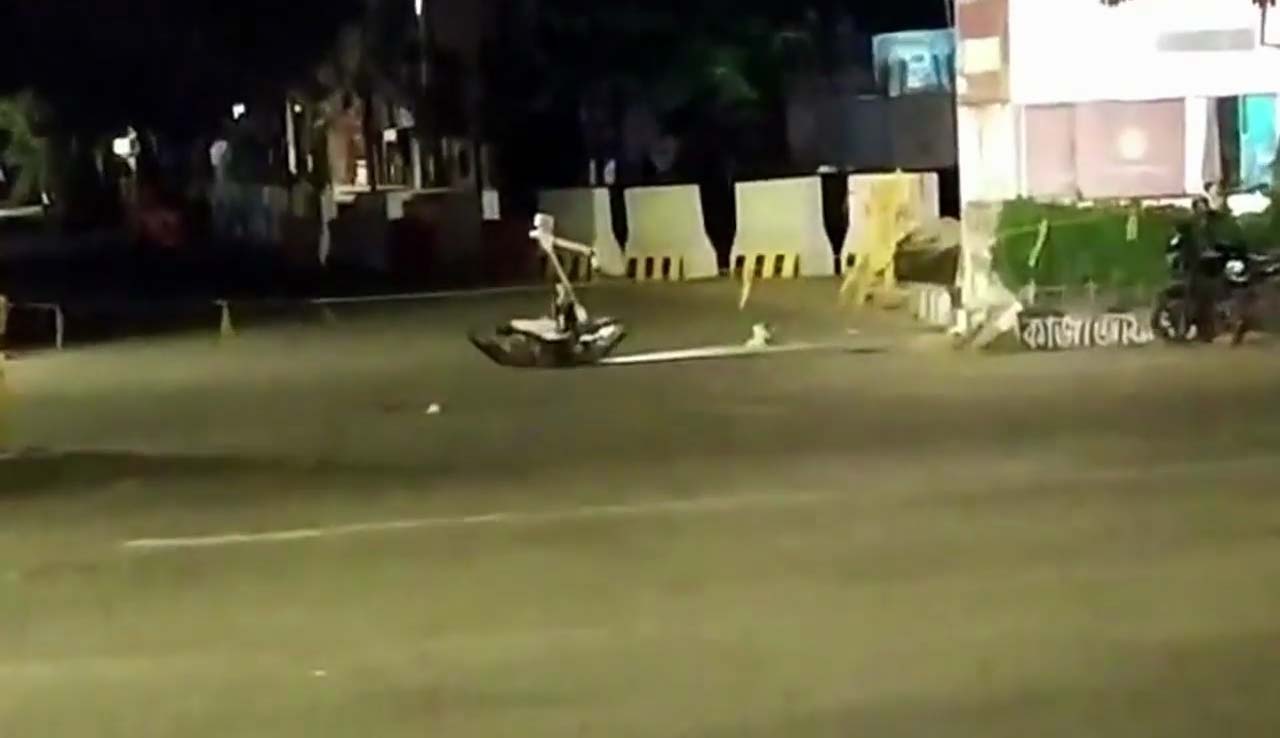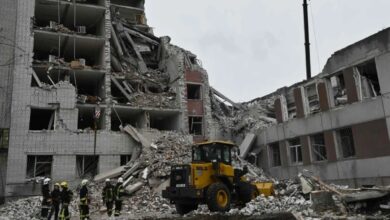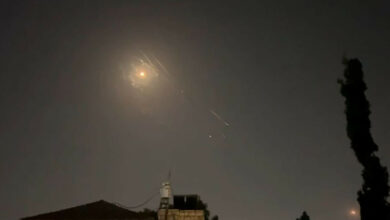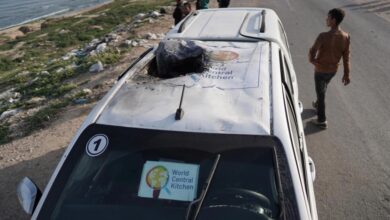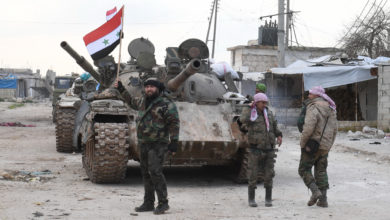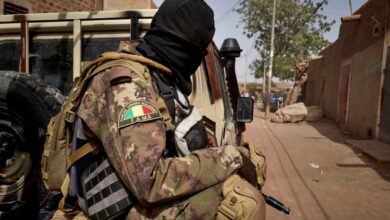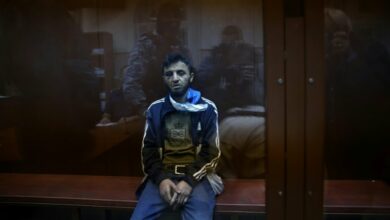Islamic State says Bengal affiliate planted Dhaka bombs
In the third incident in three months after two years of apparent inactivity, Islamic State claimed its fighters were responsible for two bombs targeting police in the Bangladeshi capital this week, although the devices were identified and dealt with before they could do any harm.
Police recovered two bombs – both with seven small butane gas canisters taped to them – in Dhaka on Tuesday, The Star reported officials from the Bomb Disposal Unit of the Counter Terrorism and Transnational Crime unit as saying.
A traffic police officer told The Star that a carton was found outside the traffic police box at Khamar Bari intersection at around 1700 and, thinking it may belong to a colleague, a police officer brought it inside.
The Star published an image of the Khamar Bari device.
“When no one claimed it, we thought it was a container of biscuits. We opened it around 7 p.m. and saw the cans tied with tapes,” the officer said.
The device was destroyed at around 0300 in a controlled explosion by the bomb disposal team.
The second bomb was discovered hidden inside a thick polythene packet near the traffic police box at Paltan intersection around 22:45, The Star reported. It was destroyed in a controlled explosion two hours later.
“Local militant groups, which were active earlier, might be behind the incident,” Inspector General of Police Mohammad Javed Patwary said.
ISIS framed the incidents as a success, claiming in a statement that fighters from its Bengal affiliate had placed explosive devices at the two police checkpoints, and their explosions had caused “material damage.”
Islamic State in Bangladesh
Tuesday’s attempted bombings are the latest incident since ISIS resumed its activities in Bangladesh earlier this year.
On April 29, three police officers were injured when a bomb exploded in the Gulistan area of Dhaka. ISIS said its fighters were responsible for the attack, the first they had claimed in Bangladesh in two years.
In May, a police officer and two other people were injured in another bombing in the Malibagh area of Dhaka. Police at the time said the device may have been on board the police vehicle targeted, NDTV reported. ISIS again claimed its fighters were responsible.
ISIS has been active in Bangladesh since shortly after ISIS leader Abu Bakr al-Baghdadi declared a Caliphate in June 2014. Just two months later a video was released of five masked people pledge allegiance to Baghdadi in the Bengali language.
A 2015 article in ISIS’s now-defunct English language magazine Dabiq said a leader, Abu Ibrahim Al-Hanif, had been chosen for the group’s Bengal affiliate, and he was interviewed in a later edition.
According to a July 2018 report from the International Centre for the Study of Radicalization at King’s College, London, around 40 people from Bangladesh may have joined ISIS in Iraq and Syria.
Nine Bangladeshi nationals who joined ISIS are believed to have been detained in Iraq and Syria, the Indian news website Economic Times reported in May.
ISIS first claimed an attack in Bangladesh in September 2015 after three men on a motorbike shot an Italian aid worker in Dhaka.
A wave of attacks followed, which often targeted foreigners, Shia Muslims, and places of worship.
In the most high-profile incident, 22 people were killed during an 11-hour siege at the Holey Artisan Bakery in Dhaka in July 2016.
Since then, around 100 suspected extremists have been killed in a security crackdown, and hundreds more suspects have been detained.
None of the recent attacks have been deadly and the most recent bombs were detonated by police, but they suggest local ISIS affiliates and their supporters remain active in Bangladesh.
The uptick in ISIS activity coincides with the group attempting to emphasize its affiliates around the world following the capture in March of the last of the territory it controlled in Iraq and Syria.
This has included the deadly Sri Lanka bombings, expansion of its existing West Africa Province, the announcement of a new Central Africa province in the Democratic Republic of the Congo and Mozambique, and videos showing pledges of allegiance from new regions.

